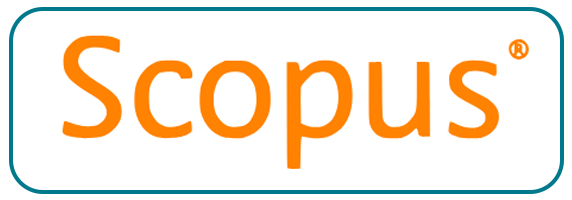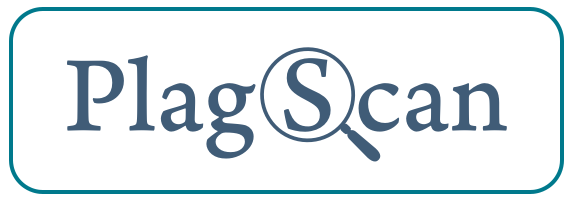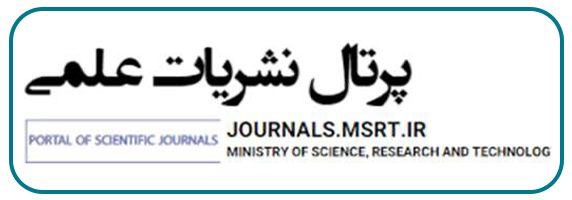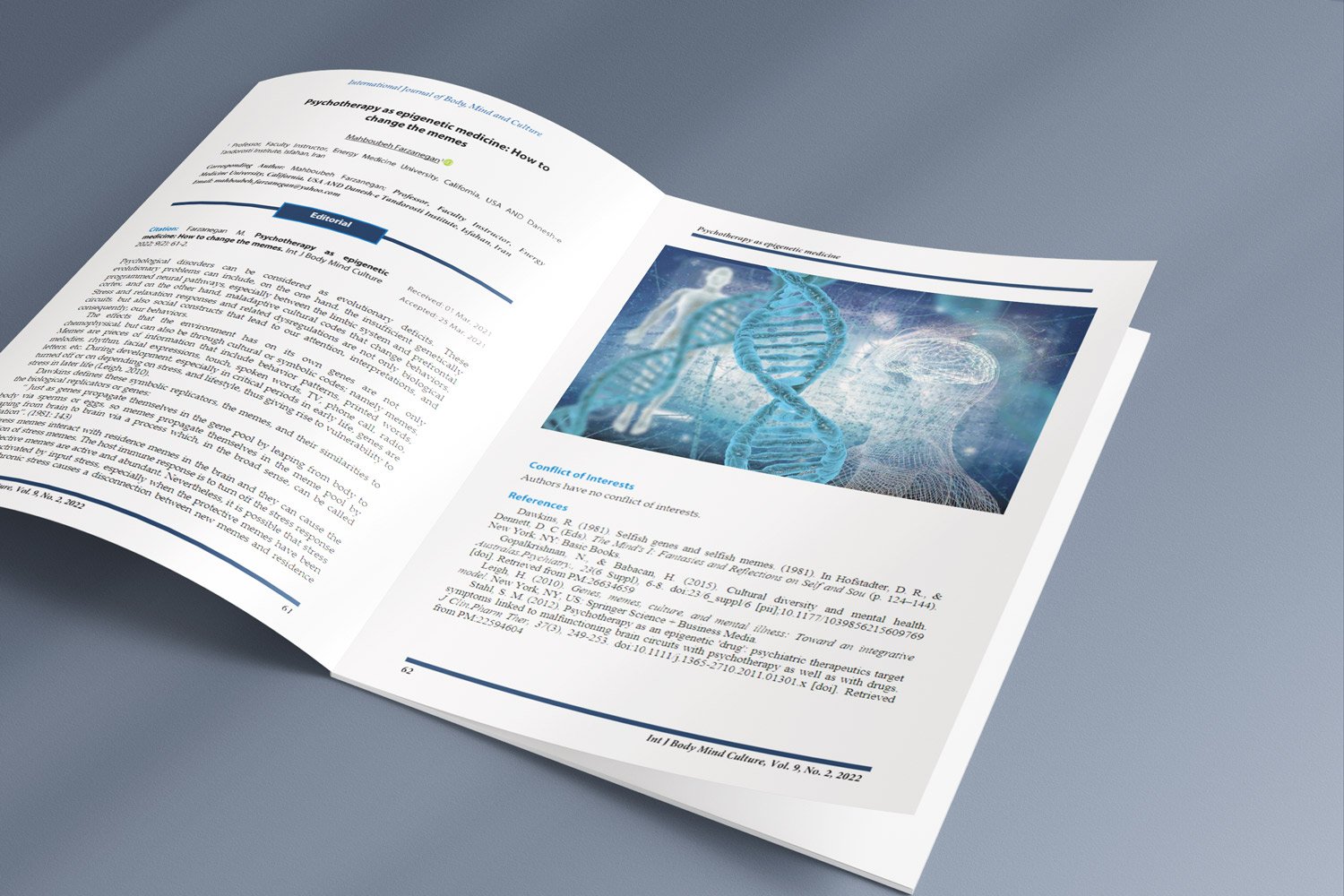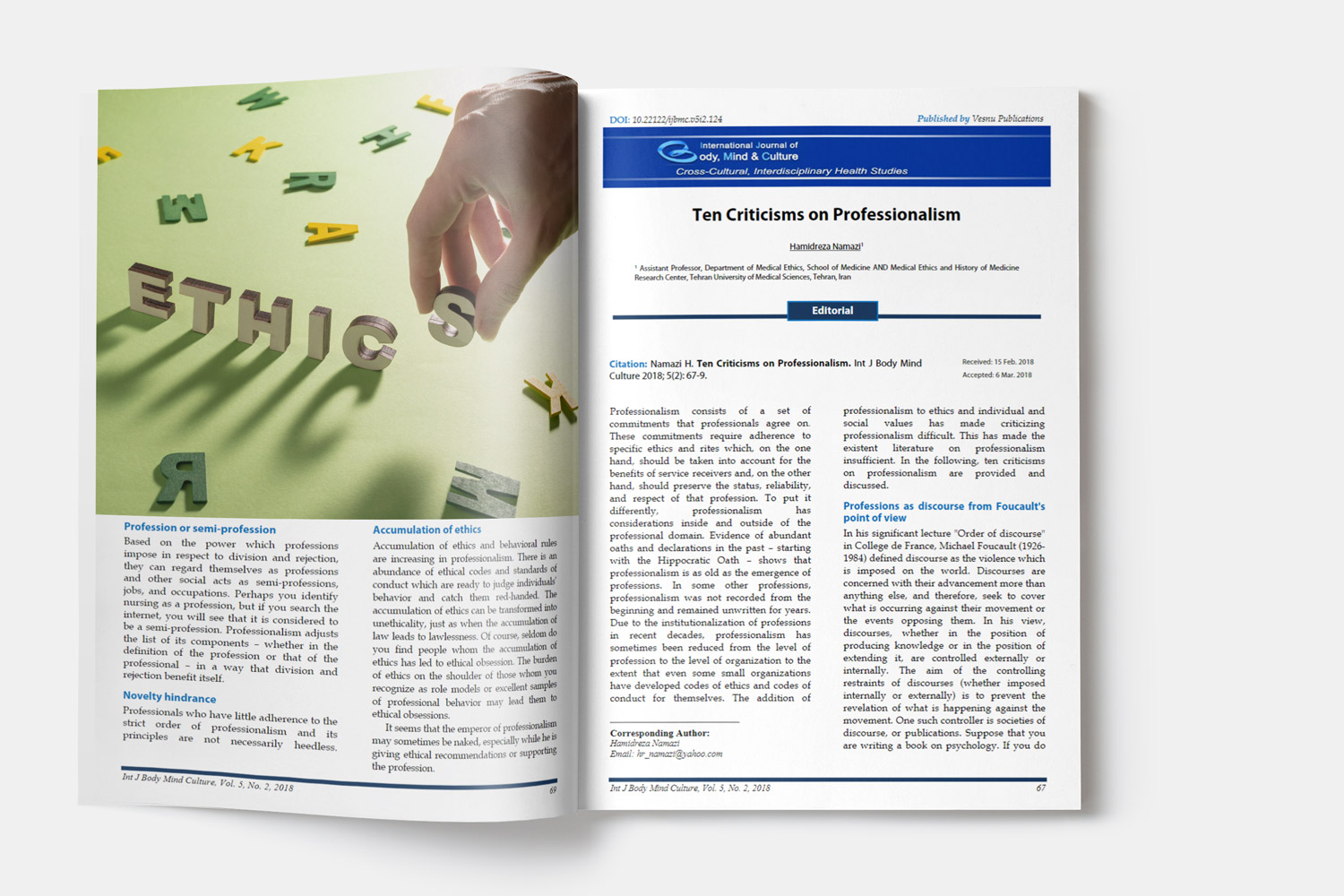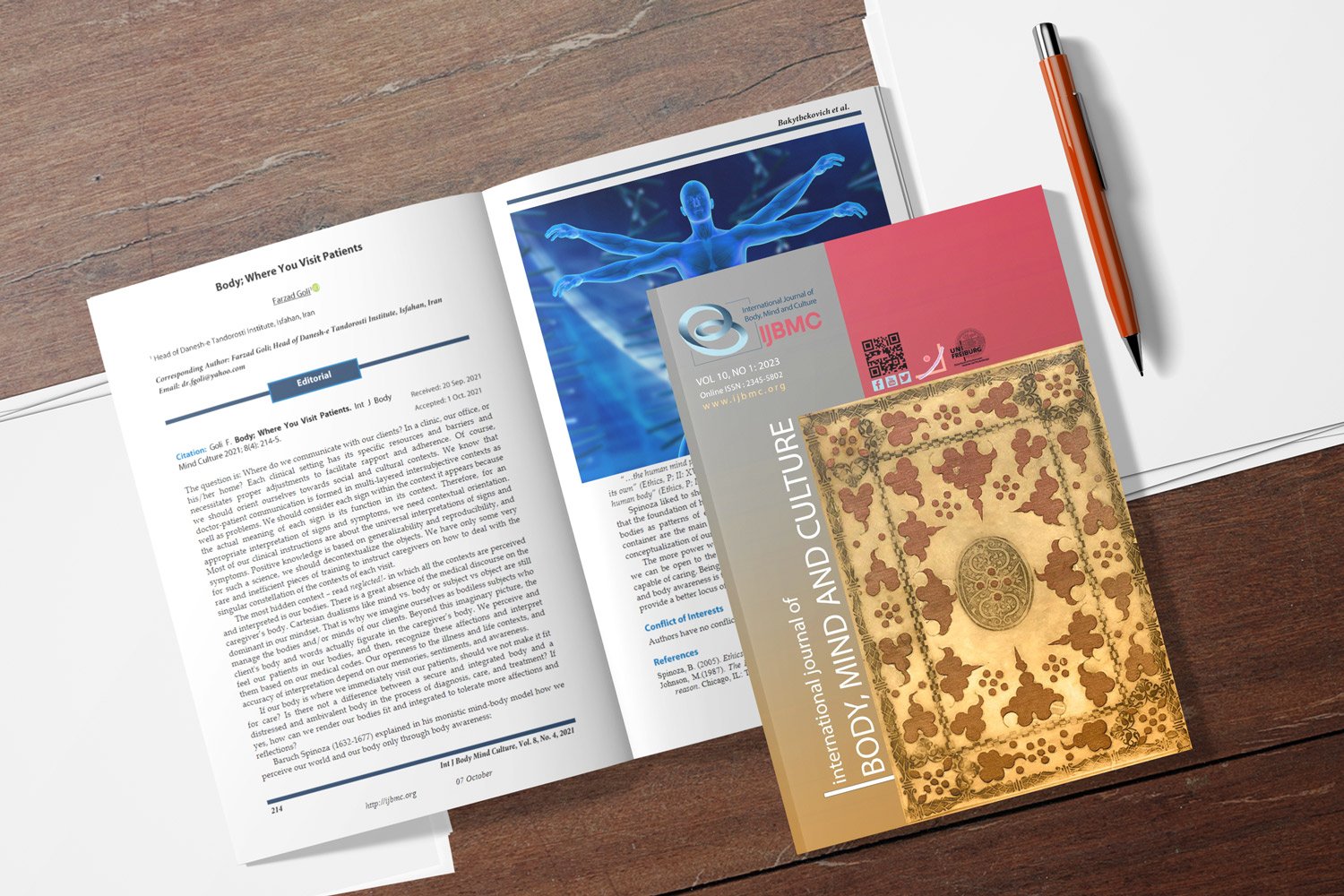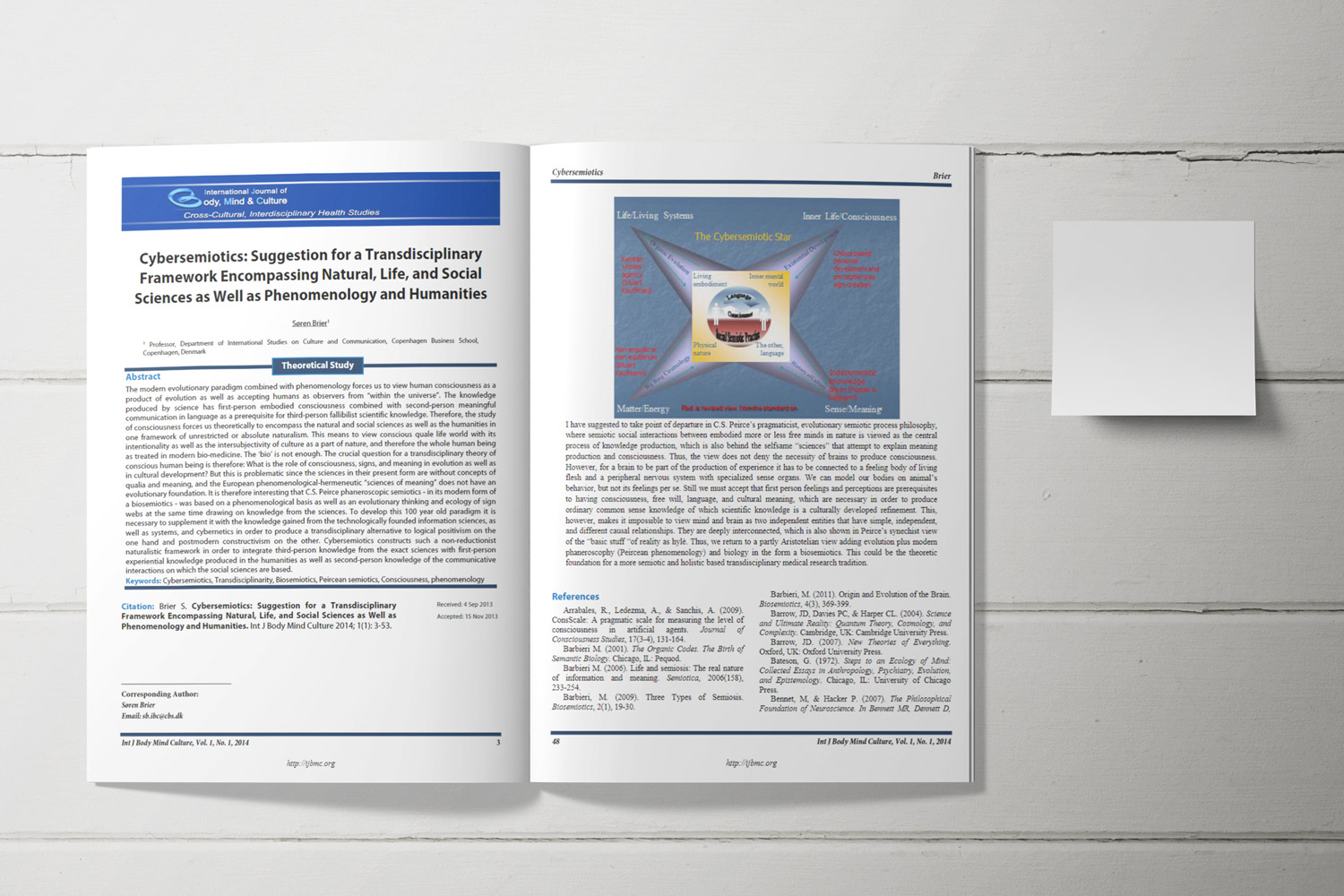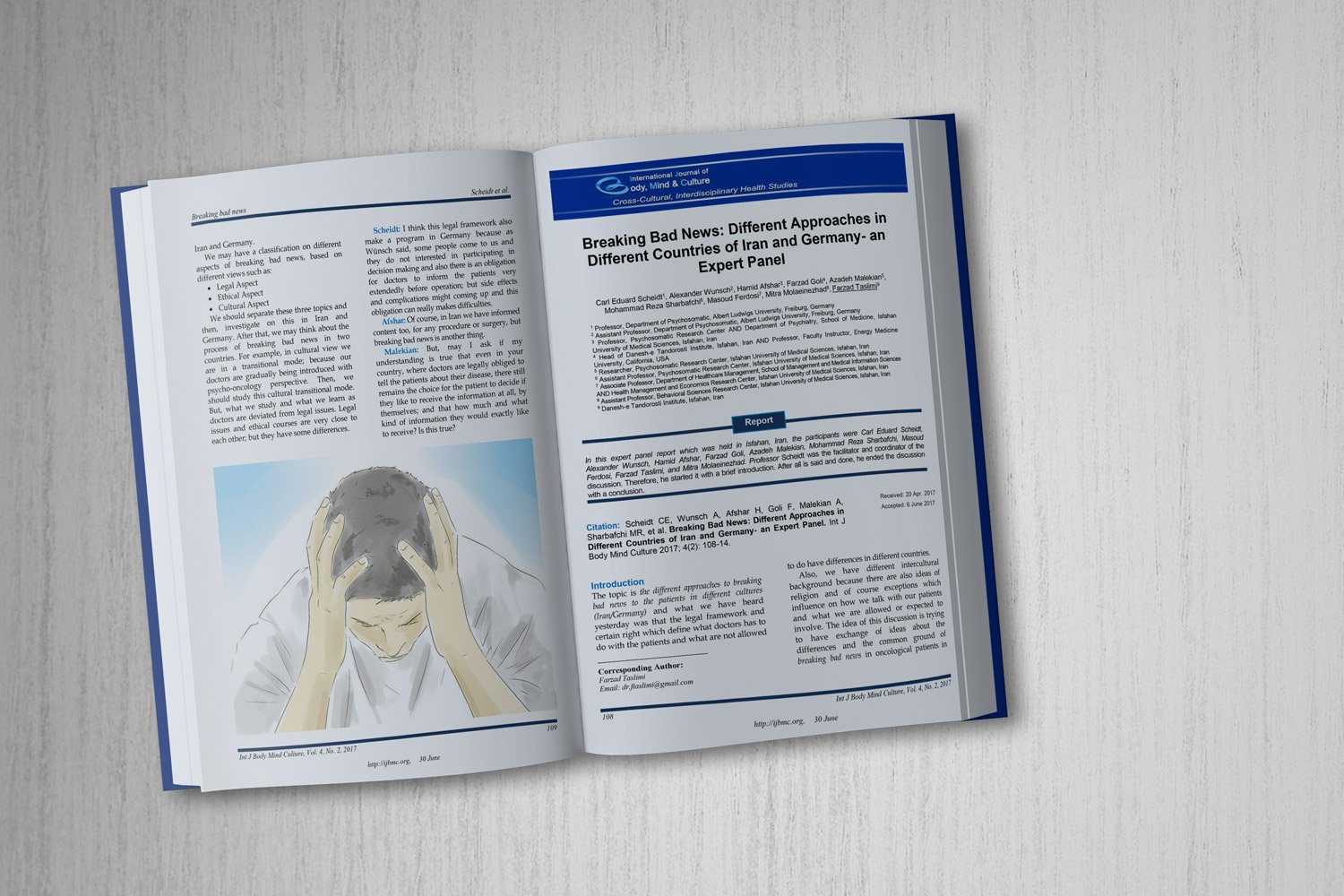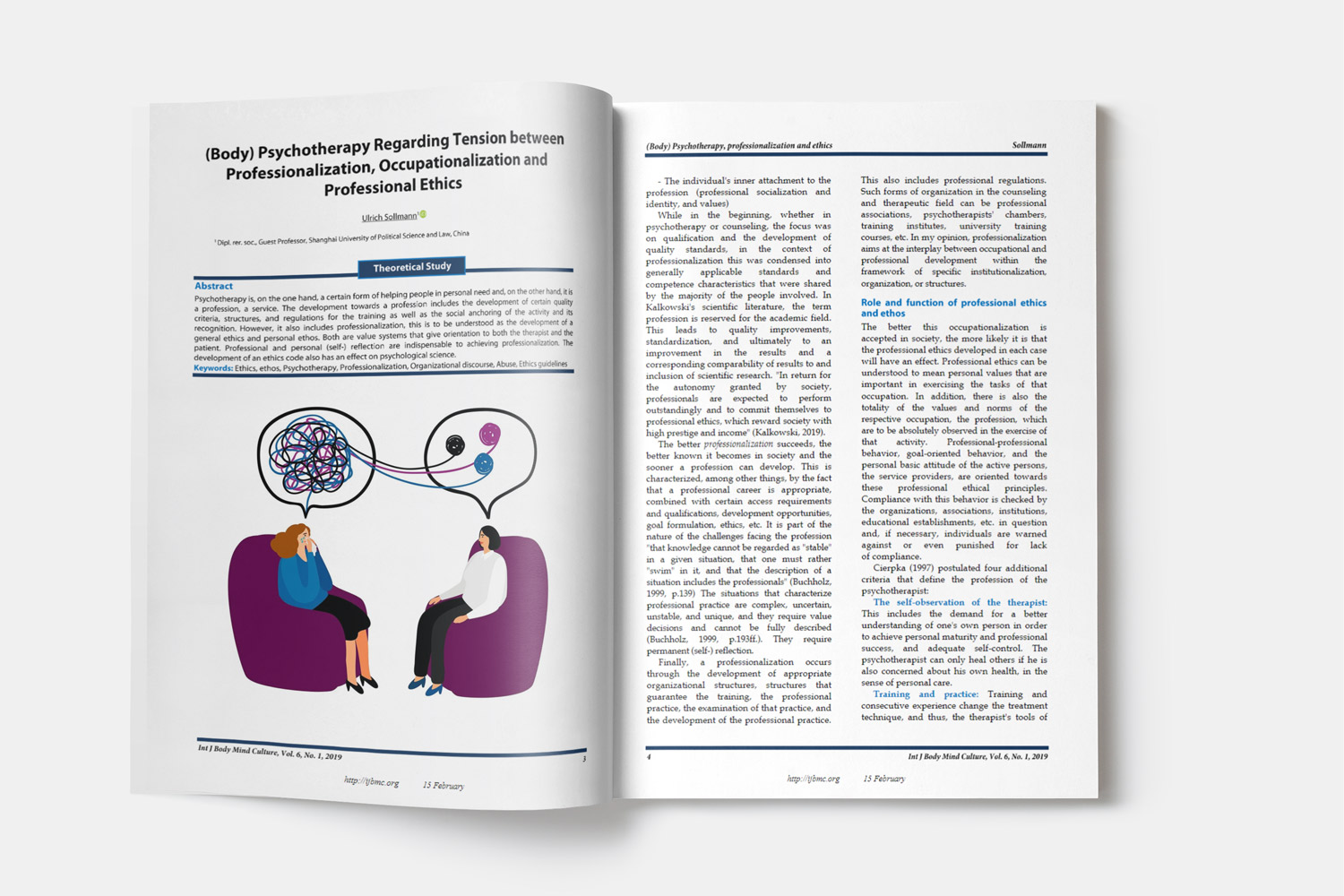Coping Strategies in the Toxic Relationships: A Phenomenological Study of Emerging Adults
Downloads
Objective: This study aims to explore how emerging adults cope with the challenges of toxic relationships, using a qualitative phenomenological approach to delve deeply into their lived experiences.
Methods and Materials: Data were collected through in-depth interviews with three participants aged 19–23, all of whom had encountered toxic relationships.
Findings: The analysis revealed that participants relied primarily on two coping strategies: emotion-focused coping and seeking social support. Emotion-focused coping included practices like journaling and self-reflection, which helped participants process their emotions. Seeking social support, on the other hand, involved confiding in close friends or family members who provided reassurance and advice.
Conclusion: These findings underline the profound impact of toxic relationships on mental health and highlight the importance of equipping individuals with tools to navigate such challenges. The results can inform the design of targeted counseling programs that address specific issues, such as emotional dependency and unhealthy attachment patterns. Moreover, they have implications for social policies aimed at fostering awareness and resilience among individuals at risk of entering or remaining in toxic relationships. By understanding how emerging adults manage these experiences, this research contributes valuable insights into the psychological and social mechanisms at play, paving the way for interventions that promote healthier relationships and emotional well-being during this pivotal life stage.
Downloads
Anugrah, I., Arianto, A., & Sudirman, S. (2024). Analysis of Toxic Relationships in Interpersonal Communication Among Teenagers. World Conference on Governance and Social Sciences (WCGSS 2023),
Aquino, E., DelaCruz, A., Huerto, R., Lintuco, G., Mendoza, J., Obing, J., & Cruz, H. (2024). Loving Them Was Red: A Qualitative Analysis on Why Young Adult Women Chose to Stay in a Toxic Relationship. Psychology and Education: A Multidisciplinary Journal, 25(3), 498-507. https://scimatic.org/storage/journals/11/pdfs/3601.pdf
Azzahra, R., & Suhadi, M. (2021). Toxic relationship in Anna Todd's Wattpad story after. Journal of Language, 3(2), 166-176. https://doi.org/10.30743/jol.v3i2.4462
Blum, E. (2017). Toxic Relationships: Two Sides of the American Relationship with Chemicals. Reviews in American History, 45(2), 355-361. https://doi.org/10.1353/rah.2017.0051
Cacioppo, J., & Cacioppo, S. (2014). Social relationships and health: The toxic effects of perceived social isolation. Social and Personality Psychology Compass, 8(2), 58-72. https://doi.org/10.1111/spc3.12087
Carballido, B., M, Z. E., & Oliver, E. (2022). Young people's voices and science for overcoming toxic relationships represented in sex education. International journal of environmental research and public health, 19(6), 3316. https://doi.org/10.3390/ijerph19063316
Daeli, J., & Santosa, M. (2024). Studi Literatur: Toxic Relationship Perilaku Berpacaran Pada Mahasiswa. Innovative: Journal Of Social Science Research, 4(2), 5692-5701. https://j-innovative.org/index.php/Innovative/article/view/8725
Forth, A., Sezlik, S., Lee, S., Ritchie, M., Logan, J., & Ellingwood, H. (2022). Toxic relationships: The experiences and effects of psychopathy in romantic relationships. International journal of offender therapy and comparative criminology, 66(15), 1627-1658. https://doi.org/10.1177/0306624X211049187
Gray, H. (2021). The age of toxicity: The influence of gender roles and toxic masculinity in harmful heterosexual relationship behaviours. Canadian Journal of Family and Youth/Le Journal Canadien de Famille et de la Jeunesse, 13(3), 41-52. https://doi.org/10.29173/cjfy29621
Gunawan, I. (2013). Metode penelitian kualitatif. teori dan praktik. PT Bumi Aksara. https://books.google.ch/books/about/Metode_Penelitian_Kualitatif.html?id=AqSAEAAAQBAJ&redir_esc=y
Gusnita, C., & Melinda. (2023). Discourse of the Toxic Relationship: Violence Against Men from a Victim Precipitation Theory. SOSHUM: Jurnal Sosial Dan Humaniora, 13(3), 269-280. https://doi.org/10.31940/soshum.v13i3.269-280
Handayani, T., Amalia, M., & Mulyana, A. (2024). The Effectiveness of Government Policy on the Mental Health of Toxic Relationship Victims. Journal of Health Sciences, 17(2), 161-175. https://doi.org/10.33086/jhs.v17i02.5430
Herdiani, R., & Hidayat, D. (2023). Emotional Regulation and Toxic Relationships in Late Teens Who Date. KESANS: International Journal of Health and Science, 3(2), 133-142. https://doi.org/10.54543/kesans.v3i2.248
Hombing, H., & Sipahutar, C. (2022). Implementation of 'ruth and naomi' interpersonal communication as a model in avoiding toxic relationships. The International Journal of Social Sciences World (TIJOSSW), 4(1), 424-431. https://www.growingscholar.org/journal/index.php/TIJOSSW/article/view/251
Janeczko, D., Orzeł, A., Klatka, B., Hołowczuk, M., & Tchórz, M. (2019). Toxic relationship and drug addicted?-a case series of teenagers with behavioural disorders. Journal of Education, Health and Sport, 9(9), 696-702. https://apcz.umk.pl/JEHS/article/view/7481
Jaya, A., Hariadi, A., Sulastri, N., & Zuhairani, S. (2024). The Influence of Behavioristic Counseling on Students' Toxic Relationships. Reflection Journal, 4(1), 15-22. https://journal-center.litpam.com/index.php/RJ/article/view/2023/1388
Lahad, K., & van Hooff, J. (2023). Is my best friend toxic? A textual analysis of online advice on difficult relationships. Families, Relationships and Societies, 12(4), 572-587. https://doi.org/10.1332/204674321X16613283926068
Lubkin, A., & Torres, V. (2017). Bacteria and endothelial cells: a toxic relationship. Current Opinion in Microbiology, 35, 58-63. https://doi.org/10.1016/j.mib.2016.11.008
Parinsi, G., & Huwae, A. (2022). The correlation between self-compassion and resilience in student who are victims of toxic relationships. International Conference of Psychology, 2(1), 93-104. https://seminar.uad.ac.id/index.php/ICMPP/article/view/11615
Praptiningsih, N., Mulyono, H., & Setiawan, B. (2024). Toxic relationship in youth communication through self-love intervention strategy. Online Journal of Communication and Media Technologies, 14(2), 202416. https://doi.org/10.30935/ojcmt/14292
Rifayanti, R., Sofia, L., Purba, T., Amanda, S., & Merary, S. (2022). Phenomenological studies: Adolescent toxic relationships. European Journal of Humanities and Social Sciences, 2(6), 23-29. https://doi.org/10.24018/ejsocial.2022.2.6.337
Salmatuanisa, F., Wahyuni, T., Siswoyo, M., & Lestari, A. (2024). The Phenomenon Of Toxic Relationship Among Students. Journal of Social Research, 3(10), 1-18. https://ijsr.internationaljournallabs.com/index.php/ijsr/article/view/2241
Saskia, N., & Idris, F. (2023). Perilaku Toxic Relationship Terhadap Kesehatan Remaja Di Kota Makassar. Window of Public Health Journal, 1(1), 525-538. https://doi.org/10.33096/woph.v4i3.829
Schumm, W. (2004). Classifying toxic relationships. Journal of Psychology and Theology, 32(4), 349.
Smith, M., & Meyfroidt, G. (2018). Focus on the brain and systemic organ systems: when essential interactions become toxic relationships. Intensive Care Medicine, 44(12), 2263-2266. https://doi.org/10.1007/s00134-018-5439-7
Soave, I., Caserta, D., Wenger, J., Wenger, J., Perino, A., & Marci, R. (2015). Environment and Endometriosis: a toxic relationship. European Review for Medical and Pharmacological Sciences, 19(11), 1964-1972. https://pubmed.ncbi.nlm.nih.gov/26125255/
Solferino, N., & Tessitore, M. (2021). Human networks and toxic relationships. Mathematics, 9(18), 2258. https://doi.org/10.3390/math9182258
Suciati, S., & Ramadhanty, S. (2023). Communication Patterns in Interpersonal Conflict in Premarriage Couples Experiencing Toxic Relationships. The International Journal of Communication and Linguistic Studies, 22(2), 41. https://cgscholar.com/bookstore/works/communication-patterns-in-interpersonal-conflict-in-premarriage-couples-experiencing-toxic-relationships?category_id=new-directions-in-the-humanities
Sulastri, T., Ramadhana, N., Gangka, N., Ramadani, N., & Mutmainna, N. (2022). Psikoedukasi Toxic Relationship: How to Get Rid of It? Jurnal Pengabdian Masyarakat Bestari, 1(8), 807-820. https://doi.org/10.55927/jpmb.v1i8.1684
Sutrisno, B., Wilar, D., & Sukrisno, R. (2024). Toxic Relationship Experienced by Tessa Young Shown in "After" Movie: A Content Analysis and Psychological Approach. JELL (Journal of English Language and Literature) STIBA-IEC Jakarta, 9(2), 429-440. https://doi.org/10.37110/jell.v9i02.259
Tierney, S., & Fox, J. (2011). Trapped in a toxic relationship: Comparing the views of women living with anorexia nervosa to those experiencing domestic violence. Journal of Gender Studies, 20(1), 31-41. https://doi.org/10.1080/09589236.2011.542018
Young, C., & Huwae, A. (2022). Emotion Regulation and Dating Violence On Students That Go Through Toxic Relationship. Psychocentrum Review, 4(3), 257-267. https://doi.org/10.26539/pcr.43893
Zikri, Z., Salamah, U., Febrina, R., & Azni, E. (2024). The Meaning of Toxic Relationship Communication for Teenagers. Jurnal Spektrum Komunikasi, 12(2), 233-245. https://doi.org/10.37826/spektrum.v12i2.705
Copyright (c) 2025 International Journal of Body, Mind and Culture

This work is licensed under a Creative Commons Attribution-NonCommercial 4.0 International License.

